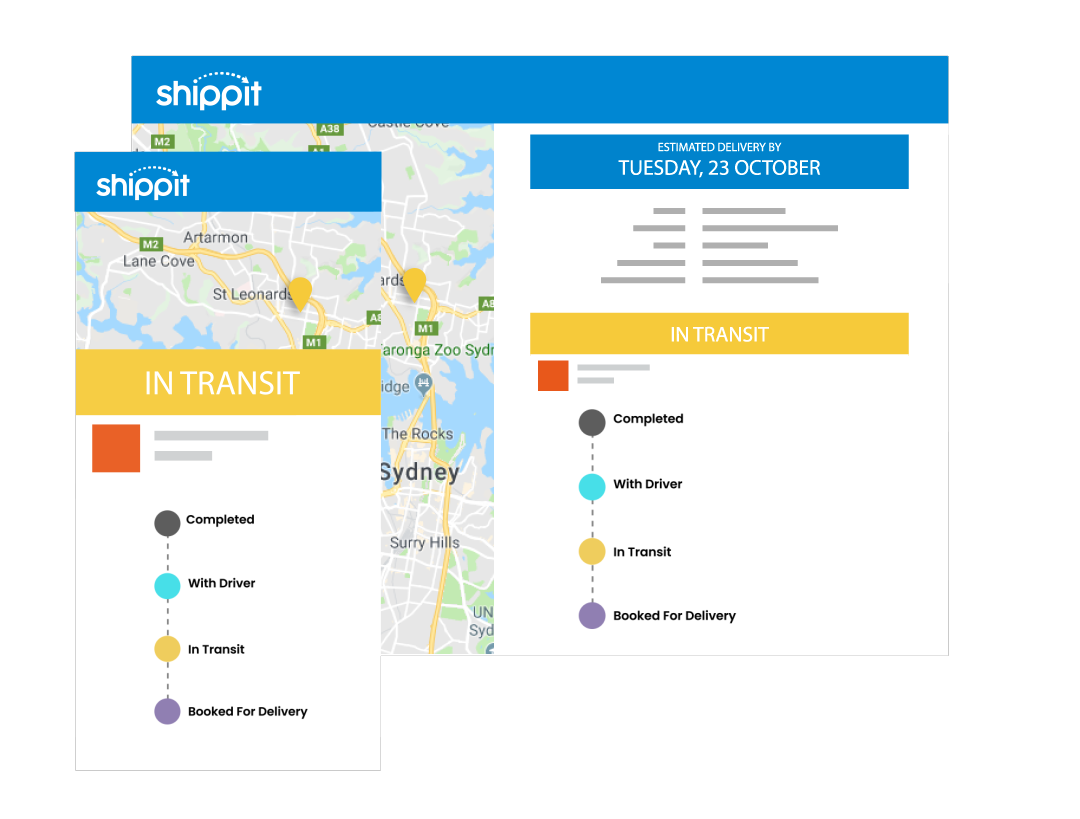Earlier this year, the General Data Protection Regulation (GDPR) legislation came into effect, sending marketers into a panic. With databases decimated, digital marketers have been searching for effective and immediate ways to rebuild them.
While the GDPR rules were written by bureaucrats in Brussels and widely criticised, turns out, they’re not that scary. The laws are helping marketers be more effective with a more accurately targeted database – so, it’s ultimately a positive move.
What GDPR comes down to is consent and data sovereignty. Where lazy marketers used to rely on users accepting website terms and conditions to build their lists, in a post GDPR world, opt-ins are a little bit tougher, and outputs are a little easier. As marketers, it’s your job to make sure people want to buy from you and subscribe to your database. If you’re secretly adding email addresses to your database, what good can come from sending unwanted spam to cold leads?
To help you rebuild your database and focus on quality leads, here are a few tips for effective lead capture.
Convert with Clarity
Since GDPR came into effect, rules of engagement have changed dramatically. Asking for an email address is no longer good enough; to comply, you need to be transparent and clear. At the point of capture, be clear about the type of data you’re asking for (email address, birthday, name and gender). Also, be transparent about what you’re doing to do with that information (early access to sales, regular newsletters). You’ll also need to frame the sign-up around what’s in it for the customer.
Most importantly, you’ll need to include a clear opt-in checkbox and provide an explicit opportunity to opt-out at any time.

Yes, it hurts when our customers leave us. Sometimes it’s good to have a bit of fun with it like the below example:

Cap Your CTAs
Since GDPR came into play, some websites have gone overboard with CTA’s, thinking adding more of them will increase lead-generation. The opposite is happening; when users are overloaded with CTA’s, they become overwhelmed, and instead of signing up, they do nothing.
When it comes to optimising your website and CTA’s – less is more. One strategically positioned call to action is much more effective than 5 or 6 conflicting messages all vying for one email address.
Simple Forms
Let’s face it, filling out an online form of any size is an investment. So, it’s no surprise that the longer the form, the fewer submissions.
If you’re asking people for information, keep it concise and to the point. When designing your forms, think about where your customer sits in the sales funnel. If they’re still high up and not a previously converted customer, asking for lots of information might turn them off.
The best way to approach sign up forms is to keep them simple. Ask for as little information as possible up front, and once you’ve nurtured the lead, you can then ask for more.
Don’t Peak Too Soon
Like most things in life, timing is everything. If you’re overeager and you ask for information too soon, you’ll blow your chances. In saying that, you’d be surprised how many websites still launch a capture overlay as soon as you’ve landed on the site. Think back to the customer journey – if a new website visitor has just landed on your site, why would they agree to hand over their details before getting to know your brand?
To avoid losing the lead, be mindful of how and when you ask for the information.
A more sensible and successful strategy is to target the visitor as they’re about to exit your site. Using exit-intent popups, you can offer an incentive, which is a much better idea than bombarding a new visitor as they land on your site.
Mobile-Friendly Forms
If you’ve ever tried to fill out a form on mobile, you’ll know there’s only so much you and your thumbs can do. The problem is, most mobile visitors are more likely to be browsing than buying, so capturing their details is all the more critical.
Before you begin rolling out forms, always test to see how responsive your site and forms are. If they’re long on a desktop, they’ll be twice as long on a mobile device. Forms are harder to fill out on mobile – so keep them simple, responsive and clear, and enable autofill if you can.
Most digital marketers know good leads are hard to come by, which is why they’re worth their weight in gold. In a post GDPR world, consumers are more protective of their data, which is why marketers need to try harder. Using well-designed forms, strategic CTA’s and smart incentives, eCommerce store owners are building better databases and acquiring more relevant leads. Don’t forget to put yourself in the user’s shoes so they can answer the question: ‘what’s in it for me?’

